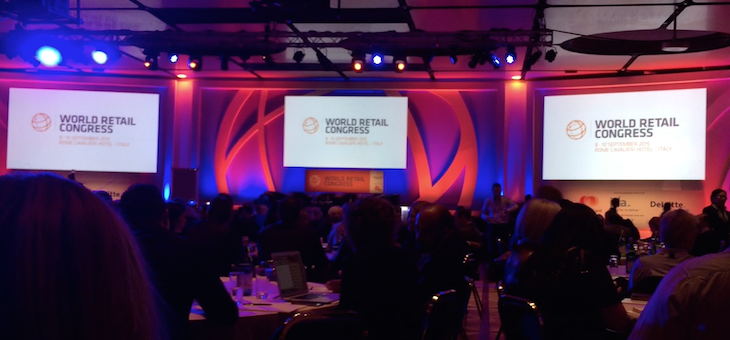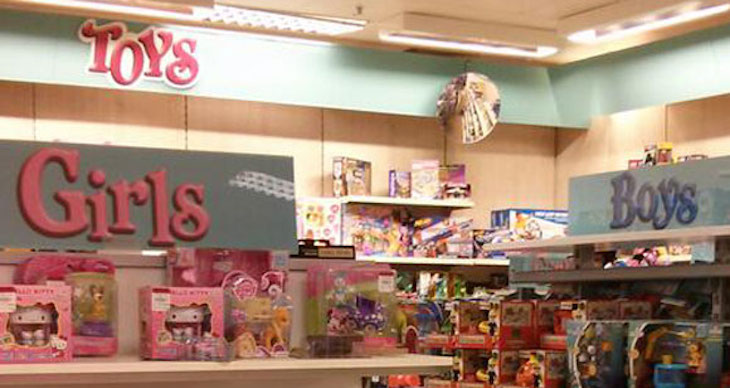Only until a short time ago it was a bizarre custom practised by professionals or Nordic peoples with the fitness bug, but now sport in the morning, before going to work, is also a reality in our country, involving as many as one in three Italians (35% of the population, equal to 18 million people) at least once a week and 2 out of 10 (11 million people) almost every day. Among these, 9 out of 10 Italians do not renounce breakfast, with 54% preferring to have it before their sports activity, 30% after, 9% that have their real breakfast before and then eat something also after their physical activities, and only 7% does not have breakfast either before or after sport. These are the results of the survey “Italian and sport in the morning. What’s the role of breakfast?” carried out by the DOXA AIDEPI (Association of Italian Confectionery and Pasta Industries) Observatory, “I start well” which photographed how the first meal of the day takes place within the morning sports activities of Italians.
Biscuits, rusks (with jam or chocolate spread), cereals, croissants, fruit, accompanied by coffee, milk or cappuccino, constitute the breakfast of 86% of morning sports enthusiasts, who do not change the choice of food to be brought to the table and also do not increase or decrease the portions.
Men over 50 outdoors women in the gym
The survey also prepares the identikit of the sports maniac: men over 50 practice sport daily. 22% of our countrymen, on the other hand, practice sport 3 to 6 times a week, and women, on the other hand, have an average of 1-2 times a week. North East and Central Italy are the most “sporty” geographical areas of Italy.
The place is also important and determines another watershed, in this case in terms of gender. The Doxa/AIDEPI survey shows in fact that the places most frequented by sports enthusiasts in the morning are open areas (66%), while 25% do indoor sports (gym or swimming pool) and 9% practice it at home using household equipment or by doing floor exercises. However, parks, gardens, sports fields, running tracks and roads are more frequented by men (79%) than women (53%) which more often choose the sports facilities (36% versus 14% of men) or their home (11% versus 7% of men). In general, young people prefer sports facilities (39%) while those over 50 outdoor sport (71%).
Really flattering numbers until you discover that with our 96 days a year compared to a European average of 108 days, we are in the second to last position in the ranking of the practice of physical activity, behind Great Britain, France, Germany, Spain, and Sweden. The United States, on their part, dedicate over 135 days a year to fitness.
The role of technology and social dynamics has now become dominant: if breakfast “gathers” 82 thousand photos on Instagram, becoming the most photographed meal after dinner, sport now seems unable to do without apps and wearable devices to record morning feats. And in fact apps dedicated to fitness exceeded 100,000 units in 2014, more than double compared to those available two and a half years ago.





















